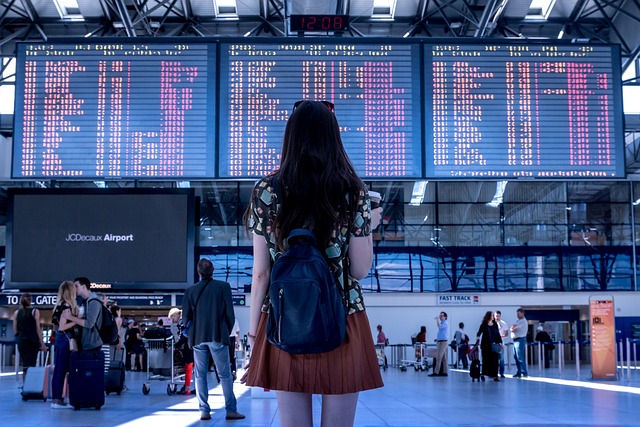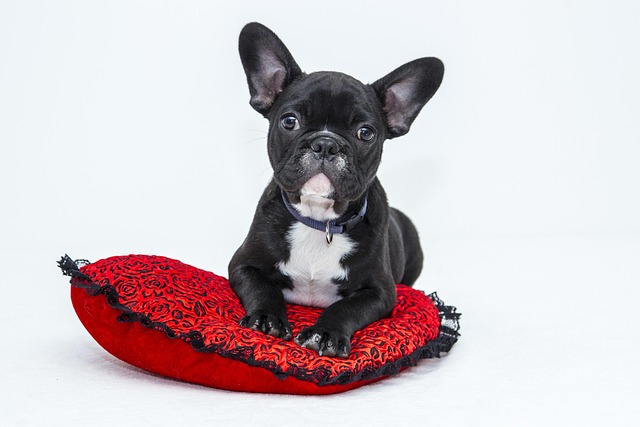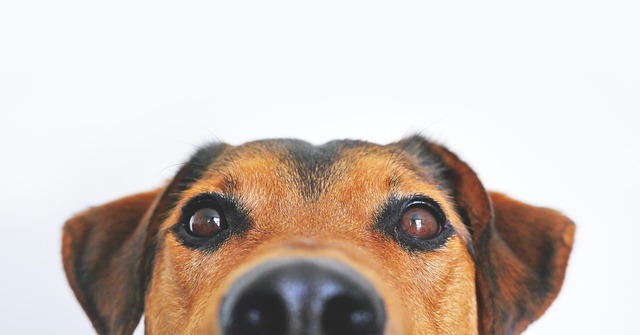· guides · 4 min read
Traveling with Your Dog on Airplanes: Essential Tips for a Smooth F...
Learn key tips to safely and comfortably fly with your dog, including airline policies, health prep, and travel tricks for stress-free flying.

Flying High: The Ultimate Guide to Traveling with Your Dog on Airplanes
Flying with your dog can be stressful due to airline policies, health requirements, and ensuring your pet’s comfort. However, with the right preparation and knowledge, your furry friend can travel safely and comfortably by your side. This guide provides practical tips to help you navigate every step of traveling with your dog on an airplane.
Planning Your Trip: Essentials for Traveling with Your Dog by Airplane
Understand Airline Pet Policies
Airline rules for traveling with dogs vary widely. Most airlines allow small dogs in the cabin if the combined weight of your dog and its carrier is typically under 15-20 pounds (7-9 kg). However, some airlines set weight limits as low as 8 pounds (3.6 kg), so it is essential to check your specific airline’s policy before booking.
Be aware of breed restrictions, especially for brachycephalic breeds—flat-faced dogs prone to breathing difficulties such as Bulldogs and Pugs—as many airlines prohibit their travel in cargo holds due to health risks.
Booking Tips
- Inform the airline in advance that you’ll be traveling with a dog to reserve a spot in the cabin or to understand cargo options.
- Choose direct flights when possible to minimize stress and the risk of delays or transfers.
- Confirm pet fees and payment methods beforehand, as these vary by airline.
Preparing Your Dog for Flying
Health and Documentation
- Consult your veterinarian well before your trip. Your dog should be up-to-date on vaccinations and have a recent health certificate (usually within 10 days of travel).
- For international travel, research additional requirements like pet passports, import permits, and quarantine rules.
- Microchipping your dog is highly recommended for identification in case of mishaps.
Carrier Selection and Training
- Use an airline-approved, well-ventilated, and appropriately sized carrier that allows your dog to stand, turn, and lie down comfortably.
- Introduce your dog to the carrier well ahead of your flight, encouraging positive associations with treats and toys.
- If your dog is anxious or refuses the carrier, take extra time on training or consult a trainer for assistance.
Calming Aids
- Some dogs benefit from calming tools such as Thundershirts or pheromone collars. Always consult your vet before use to ensure safety and appropriateness.
- Avoid sedatives unless explicitly approved by a veterinarian, as they can interfere with your pet’s ability to regulate temperature and breathe.
At the Airport: Smooth Pet Travel Experience
Check-In and Security
- Arrive early to allow time for pet check-in procedures and security screening.
- Remove your dog from its carrier at security checkpoints if required and carry it through the metal detector while the carrier is scanned separately.
- Keep your dog on a leash or harness and remain calm to help your dog stay relaxed.
Airline Pet Etiquette
- Keep your dog quiet and well-behaved to avoid disturbing other passengers.
- Ensure the carrier does not obstruct aisles or emergency exits.
- Have essentials handy, such as water, a collapsible bowl, and waste bags, to handle your dog’s needs during delays or emergencies.
During the Flight: Ensuring Your Dog’s Comfort and Safety
- Keep your dog inside the carrier throughout the flight unless otherwise instructed by airline staff.
- Place familiar blankets or toys inside the carrier to provide comfort.
- Avoid feeding your dog a large meal before the flight but provide water to keep them hydrated.
- Monitor your dog’s behavior and notify flight attendants if any issues arise.
After Landing: Post-Flight Care for Your Dog
- Once off the plane, offer your dog water and allow for bathroom breaks as soon as possible.
- Check your dog for signs of stress or health issues, such as excessive panting or lethargy.
- If traveling internationally, be prepared for customs inspections and additional documentation checks.
Safety Considerations and Breed-Specific Concerns
Certain breeds, especially brachycephalic ones, face heightened risks during air travel due to their respiratory challenges. These dogs are often advised to avoid flights in cargo holds or under extreme weather conditions. Always consult your veterinarian to evaluate your dog’s suitability for flying.
Additionally, some airlines prohibit pet cargo travel when temperatures are dangerously high or low. Confirm such restrictions ahead of time to ensure safe transport.
Quick-Reference Checklist for Flying with Your Dog
- Confirm airline pet policies, weight limits, and fees.
- Obtain a current health certificate and vaccinations.
- Select an airline-approved carrier and train your dog to use it.
- Consult your vet about calming aids versus sedation.
- Prepare your pet’s documents including microchip information.
- Arrive early at the airport to accommodate pet-specific procedures.
- Follow airline etiquette to ensure a smooth experience for all passengers.
- Monitor your dog closely during and after the flight for wellbeing.
- Have a plan for emergencies, including pet insurance and emergency contacts.
Traveling with your dog by airplane demands careful planning, but knowing what to expect and how to prepare will help you both have a safer and more comfortable journey. With these tips, you can confidently take to the skies together. Safe travels!



